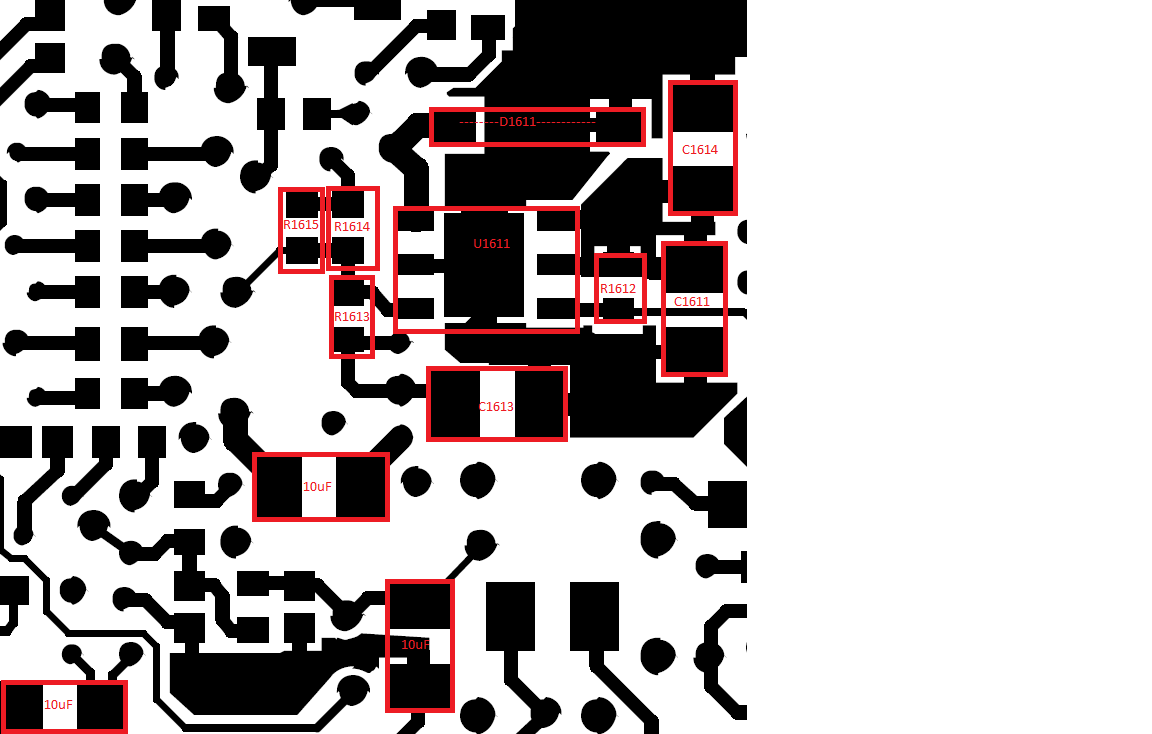Hi Team,
We have a customer using LM2831YSD/NOPB for a 5VDC to 1.5VDC converter with a maximum output current of 80mA. Under certain conditions (mostly low temperatures) the output voltage is very noisy. He has simulated the design using the SPICE model but it seems that the LM2831 is unstable. The inductor, B82462G4683M000, is on the other side of LM2831. Can you please help us trace the possible cause of the noise?
Regards,
Danilo


